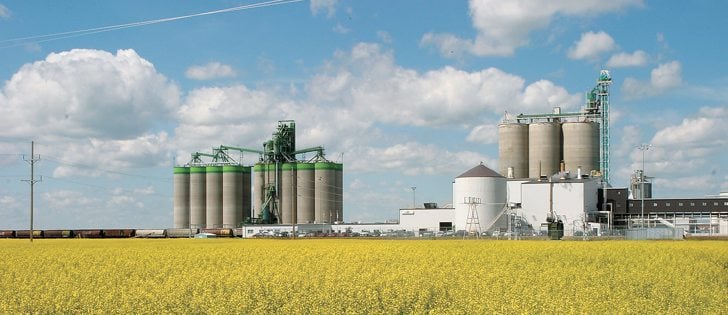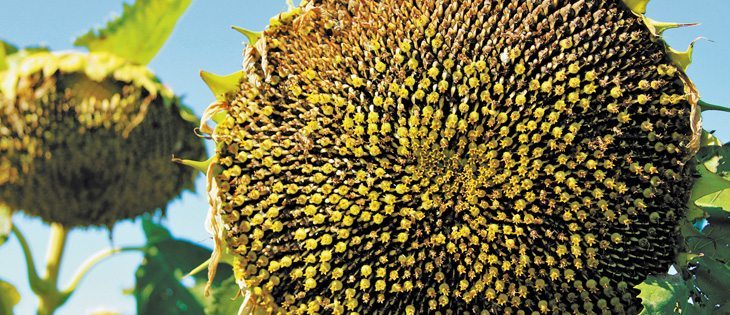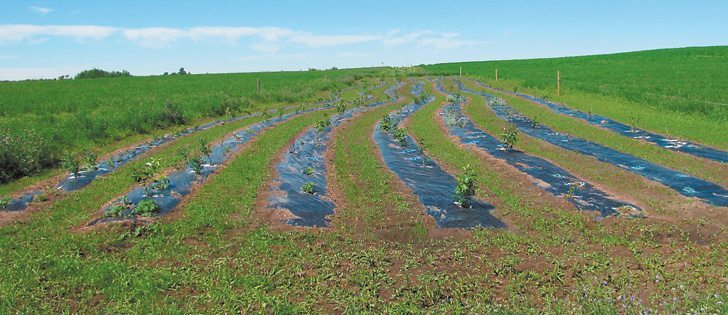StatsCan report shows scant supplies | Marketing report a good bargaining chip for pea sellers
Pea stocks have fallen to minuscule levels, according to a recent Statistics Canada report.
The agency estimates there were 897,100 tonnes of peas on farms and in commercial positions as of Dec. 31, way down from the 2.47 million tonnes on hand at the same time last year.
“When I look at that stocks number, to me it is incredibly tight,” said Stat Publishing analyst Brian Clancey.
When he adds up the amount of peas that won’t be marketed by farmers, those required for pipeline inventory and what will be used to plant next year’s crop, only 450,000 tonnes remain for export between January and July.
Read Also

Chinese offer complicates canola marketing
Recently the Chinese ambassador indicated that there would be a potential deal between Canada and China regarding the current tariff war.
Clancey was taken aback by the Statistics Canada estimate. He was expecting 1.2 million tonnes of inventory.
“It feels like something is wrong,” he said. “What really jumps out to me is the inferred domestic usage.”
The report implies that 472,883 tonnes of peas have been diverted into the domestic livestock feed industry.
“That’s just weird. There has been no evidence of that kind of diversion,” said Clancey.
It would be double the recent five-year average of peas marketed to the livestock sector and on pace with 2003-04, when farmers moved 913,000 tonnes of their peas to the feed sector by the end of the marketing year.
The difference is that in 2003-04 there was an 80 cent per bushel discount for diverting peas to the feed market from the food market. This year the discount has been about $3 per bu.
“That discount is really significant,” said Clancey.
He noted that Statistics Canada’s interim stocks reports for pulses tend to be subject to more revision than other crops, although its final stocks reports prove quite accurate.
He suspects either the stocks are higher than the Dec. 31 report indicates or the production number is lower.
One analyst is advising growers to hang onto their pea supplies because if the stocks number is accurate, bids should eventually rise.
Clancey said the report is a good bargaining chip for pea sellers in price negotiations, but he noted there are other market factors that should keep prices in check.
Indian farmers just finished seeding what is expected to be the second biggest pulse crop in the country’s history.
The government is forecasting 17.28 million tonnes of production in 2011-12, down from last year’s record harvest of 18.25 million tonnes but well above the output of previous years. India expects to import 1.51 million tonnes of peas, down from 2.19 million tonnes last year.
Clancey said the prospect of a good rabi (winter) crop is putting a damper on Indian demand, as is the extreme currency volatility that has seen the rupee lose eight percent of its buying power compared to the U.S. dollar since January. However, Chinese interest in Canadian peas remains strong, he added.
But there won’t be a lot of peas to sell to India anyway if the Statistics Canada stocks number is correct, he said.















